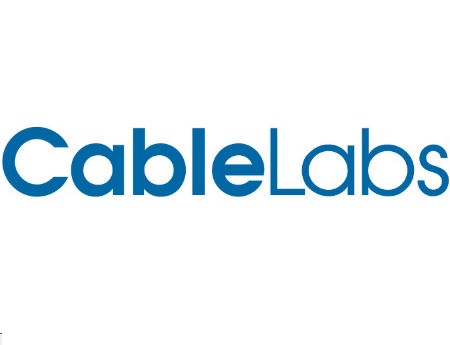CableLabs Brings New Twist to DOCSIS Networks

Representing the next step in the evolution of DOCSIS-powered cable broadband networks, CableLabs recently released a new family of specs that cover a range of “distributed” architectures for the Converged Cable Access Platform (CCAP), a high-density system that combines the functions of the cable modem termination system and the edge QAM and will play a key role in the industry’s all-IP transition.
The new distributed architectures, which expand on today’s more centralized deployments, will provide “significant scale advantages and flexible deployment options supporting…both DOCSIS 3.0 and DOCSIS 3.1 networks,” Karthik Sundaresan, a principal architect at CableLabs, explained in this blog post about the new specifications, which aim to facilitate multi-vendor interoperability.
The distributed approach, Sundaresan wrote, fits with the software-defined networking (SDN) and networks functions virtualization (NFV) initiatives operators are pursuing, and will run parallel to a wide range of wireless infrastructure architectures.
He noted that distributed DOCSIS deployments are already underway in some markets that use C-DOCSIS, a modified approach that was originally developed for China’s cable market that has since been formally integrated with CableLabs’s broader DOCSIS initiatives.
CableLabs, Sundaresan explained, is specifying several different Distributed CCAP Architectures (including Remote PHY and Remote MAC-PHY) and will release the set of technical reports and specifications throughout this summer.
The specs will apply to DOCSIS and CCAP vendors such as Arris, Cisco Systems, Casa Systems, Harmonic and Huawei, as well as Gainspeed, a startup that is developing a “virtual” CCAP.
CableLabs issued the Remote PHY family of specifications last month (the technology is covered via six specs and one technical report describing the overall architecture). Labeled as “MHAv2,’ they represent an evolution of the original Modular Headend Architecture specifications.
Multichannel Newsletter
The smarter way to stay on top of the multichannel video marketplace. Sign up below.
Remote PHY paves the way for an integrated CCAP to be separated into two components -- the CCAP Core and the Remote PHY Device (RPD) – along with an interface that weaves them together using “pseudowires.”
A common location for an RPD, which contains elements such as the downstream QAM and OFDM modulators, upstream QAM and OFDM demodulators, is the optical node, located at the junction of the fiber and coax plants, Sundaresan wrote.
Sundaresan said vendors have begun architecting ASIC designs, device platforms and software to implement the RPD and CCAP-Core devices. The specs for the OSS that will manage the devices are under development and will be released this summer.
